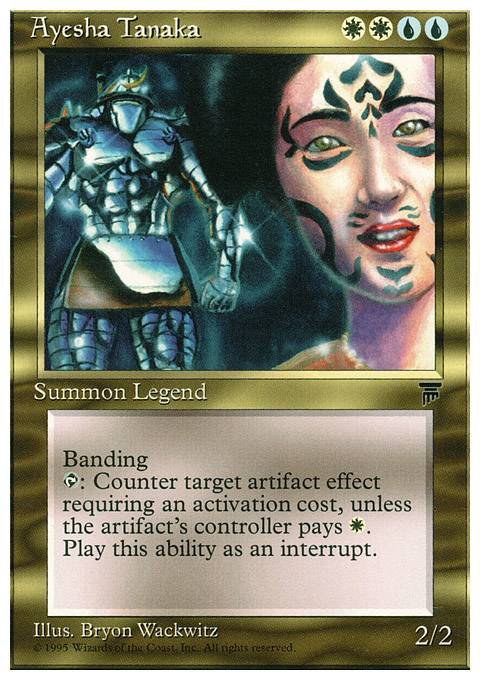Creature (33)
- 1x Abu Ja'far
- 1x Bellowing Aegisaur
- 1x Benalish Hero
- 1x Benalish Infantry
- 1x Breaker of Armies
- 1x Burnished Hart
- 1x Calming Licid
- 1x Cavalry Master
- 1x Chambered Nautilus
- 1x Commander Eesha
- 1x Creepy Doll
- 1x Dominating Licid
- 1x Icatian Phalanx
- 1x Icatian Skirmishers
- 1x Kjeldoran Warrior
- 1x Knight of Valor
- 1x Knights of Thorn
- 1x Kor Cartographer
- 1x Masako the Humorless
- 1x Mentor of the Meek
- 1x Mesa Pegasus
- 1x Noble Elephant
- 1x Pikemen
- 1x Riftmarked Knight
- 1x Saprazzan Heir
- 1x Shield Bearer
- 1x Solemn Simulacrum
- 1x Stuffy Doll
- 1x Teferi's Honor Guard
- 1x Tolarian Entrancer
- 1x War Elephant
- 1x Wonder
- 1x Zhalfirin Crusader
Land (33)
- 1x Academy Ruins
- 1x Castle Ardenvale
- 1x Castle Vantress
- 1x Command Tower
- 1x Deserted Beach
- 1x Emeria, the Sky Ruin
- 1x Field of Ruin
- 1x Glacial Floodplain
- 1x Glacial Fortress
-
1x
Hall of Heliod's Generosity

- 1x Idyllic Beachfront
- 1x Irrigated Farmland
- 6x Island
- 1x Kjeldoran Outpost
- 1x Myriad Landscape
- 1x Mystic Sanctuary
- 1x Nimbus Maze
- 9x Plains
- 1x Prairie Stream
- 1x Tolaria West
Instant (9)
- 1x Brainstorm
- 1x Cosmic Intervention
- 1x Counterspell
- 1x Disenchant
- 1x Dovin's Veto
- 1x Extinguish
- 1x Frantic Search
- 1x Generous Gift
Planeswalker (1)
Commander (1)
Artifact (9)
- 1x Arcane Signet
- 1x Baton of Morale
- 1x Bident of Thassa
- 1x Expedition Map
- 1x Helm of Chatzuk
- 1x Nemesis Mask
- 1x Sol Ring
- 1x Spear of Heliod
- 1x Sword of the Animist
Enchantment (7)
- 1x Always Watching
- 1x Brave the Sands
- 1x Cooperation
- 1x Dictate of Heliod
- 1x Ghostly Prison
- 1x Glorious Anthem
- 1x Serra's Blessing
Sorcery (7)
Suggestions
Updates Add
Comments
Attention! Complete Comment Tutorial! This annoying message will go away once you do!
Important! Formatting tips — Comment Tutorial — markdown syntax
Please login to comment
93% Casual
Competitive
| Date added | 2 years |
| Last updated | 2 years |
| Legality | This deck is Commander / EDH legal. |
| Rarity (main - side) | 1 - 0 Mythic Rares 37 - 0 Rares 22 - 0 Uncommons 21 - 0 Commons |
| Cards | 100 |
| Avg. CMC | 3.01 |
| Tokens | Elephant 3/3 G, Emblem Elspeth, Sun's Champion, Foretell, Human 1/1 W, Knight 2/2 B, Soldier 1/1 W |
| Votes | |
| Ignored suggestions | |
| Shared with | |
| Views |

